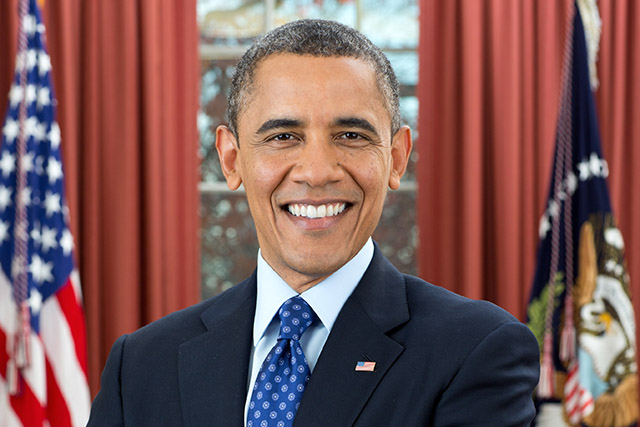
Photo Courtesy of Wikipedia
Last month, President Obama announced a new plan regarding education and community college. Obama plans to make the first two years of community college free for all half-time and full-time students who maintain a 2.5 grade point average, which is around a C+.
The program would also cover students who make steady progress towards completing a program. This proposal would not only apply to community colleges, but also colleges who offer credit toward a four year degree, or occupational training programs that award degrees in high-demand fields.
“I think it’s a grand opportunity to give low income students the ability to further themselves in education. It gives them chances to get higher paying jobs, statistically speaking,” said sophomore Daniel Diaz.
In a video posted by the White House in early January, Obama stated that he feels this is something the country can accomplish, and that he believes it will train America’s workforce so that the U.S. can compete with “anybody in the world.”
The proposal does have its drawbacks, and many have started questioning who will be footing the tuition bill for all these students. The President explained his budget proposal for the plan earlier this month. The plan would be funded by the federal government, covering approximately three-fourths of the cost, with participating states covering the remainder. If all 50 states participate, this could help 9 million students across the nation, saving participants around $3,800 each year.
This proposal could mean big changes for community and four-year colleges across the country. The competition factor would be greatly increased. Four-year institutions may now have an incentive to decrease their tuition rates to make them more affordable. Community colleges will surely see a great increase in applications and enrollment numbers. Another potential side effect is that the plan may increase transfer rates coming to four-year institutions from community colleges.
The proposal, of course, is not free from criticism. Many argue that this program could potentially fail to help those students who are most financially in need. Low-income applicants, in more cases than most, are not eligible for this free education due to the fact that they may be covered by other scholarships, such as Pell Grants and federal aid programs.
A Pell Grant is any money the government provides for students who cannot pay for college. Grants, unlike loans, do not have to be repaid. Students receiving Pell Grants are given a specified amount of money each year, with the maximum amount given to any particular student fluctuating each year.
It is possible that this proposal will not make it past Congress, but rather, Obama’s idea will at least spur action at the state and local level.
However, here at Ramapo, the program has been met with widespread approval from the students.
Freshman Annabella Waszkiewicz considers Obama’s plan a great opportunity for disadvantaged students.
“There’s a lot of people who don’t have the opportunity to go to college because they just can’t afford it. A quality education should be offered to everyone,” Waszkiewicz stated.
Michelle Rincon, also a freshman, said this plan is a great way to decrease student debt.
“I actually think it’s a pretty good idea,” Rincon said. “Kids who are going to college don’t necessarily have the money to do so, and it’s a good way to give them a head start without also giving them a lot of debt.”
lheckelm@ramapo.edu





